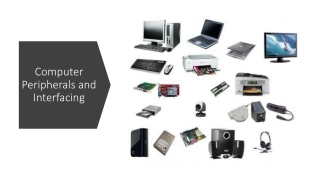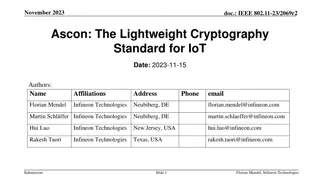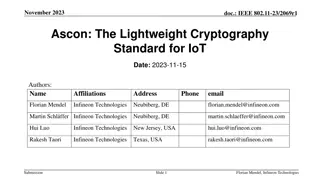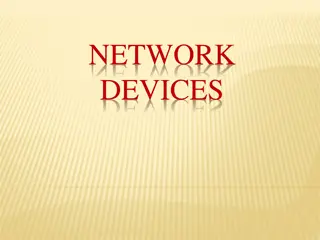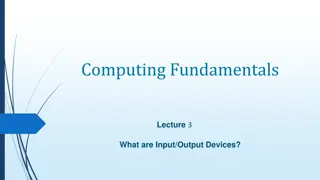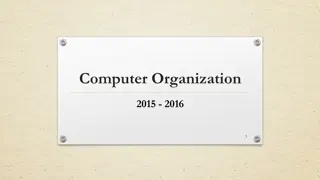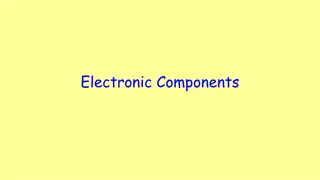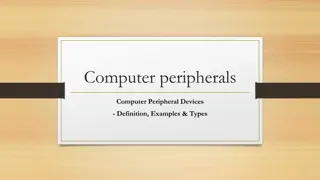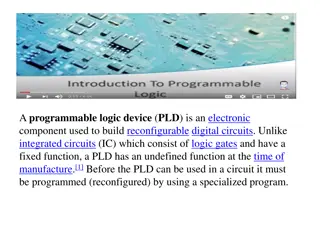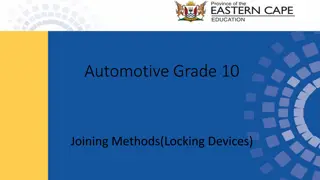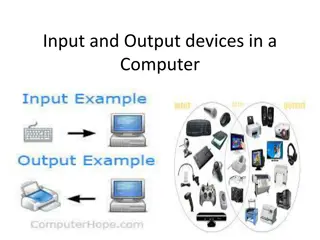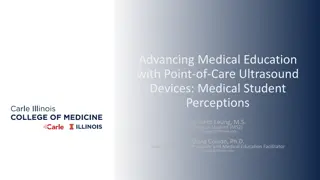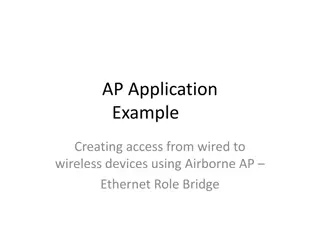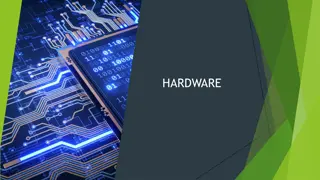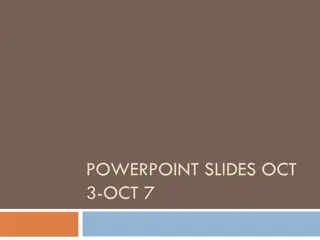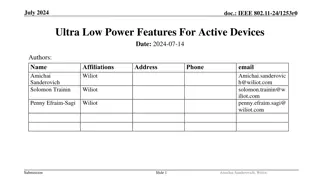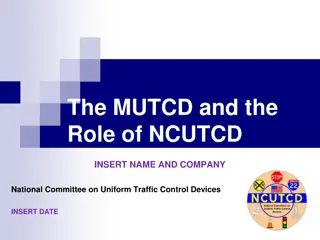
Clock Hardware and Maintenance in CS 1550
Explore clock hardware concepts, time maintenance, soft timers, memory-mapped displays, character representations, input software, and power management in CS 1550 classes at cs.pitt.edu. Enhance your knowledge of computer science hardware components.
Download Presentation

Please find below an Image/Link to download the presentation.
The content on the website is provided AS IS for your information and personal use only. It may not be sold, licensed, or shared on other websites without obtaining consent from the author. If you encounter any issues during the download, it is possible that the publisher has removed the file from their server.
You are allowed to download the files provided on this website for personal or commercial use, subject to the condition that they are used lawfully. All files are the property of their respective owners.
The content on the website is provided AS IS for your information and personal use only. It may not be sold, licensed, or shared on other websites without obtaining consent from the author.
E N D
Presentation Transcript
Clock hardware CS 1550, cs.pitt.edu (originaly modified by Ethan L. Miller and Scott A. Brandt) Chapter 5 2
Maintaining time of day CS 1550, cs.pitt.edu (originaly modified by Ethan L. Miller and Scott A. Brandt) Chapter 5 3
Doing multiple timers with a single clock CS 1550, cs.pitt.edu (originaly modified by Ethan L. Miller and Scott A. Brandt) Chapter 5 4
Soft timers A second clock may be available for timer interrupts Specified by applications No problems if interrupt frequency is low Soft timers avoid interrupts Kernel checks for soft timer expiration before it exits to user mode How well this works depends on rate of kernel entries CS 1550, cs.pitt.edu (originaly modified by Ethan L. Miller and Scott A. Brandt) Chapter 5 5
Memory-mapped display Parallel port Driver writes directly into display's video RAM CS 1550, cs.pitt.edu (originaly modified by Ethan L. Miller and Scott A. Brandt) Chapter 5 6
How characters are displayed A video RAM image simple monochrome display character mode Corresponding screen the xs are attribute bytes CS 1550, cs.pitt.edu (originaly modified by Ethan L. Miller and Scott A. Brandt) Chapter 5 7
Input software Keyboard driver delivers a number Driver converts to characters Uses a ASCII table Exceptions, adaptations needed for other languages Many OS provide for loadable keymaps or code pages Example: characters such as CS 1550, cs.pitt.edu (originaly modified by Ethan L. Miller and Scott A. Brandt) Chapter 5 8
Power Management (1) Power consumption of various parts of a laptop computer CS 1550, cs.pitt.edu (originaly modified by Ethan L. Miller and Scott A. Brandt) Chapter 5 9
Power management (2) The use of zones for backlighting the display CS 1550, cs.pitt.edu (originaly modified by Ethan L. Miller and Scott A. Brandt) Chapter 5 10
Power Management (3) Running at full clock speed Cutting voltage by two cuts clock speed by two, cuts power by four CS 1550, cs.pitt.edu (originaly modified by Ethan L. Miller and Scott A. Brandt) Chapter 5 11
Power Management (4) Telling the programs to use less energy may mean poorer user experience Examples change from color output to black and white speech recognition reduces vocabulary less resolution or detail in an image CS 1550, cs.pitt.edu (originaly modified by Ethan L. Miller and Scott A. Brandt) Chapter 5 12

